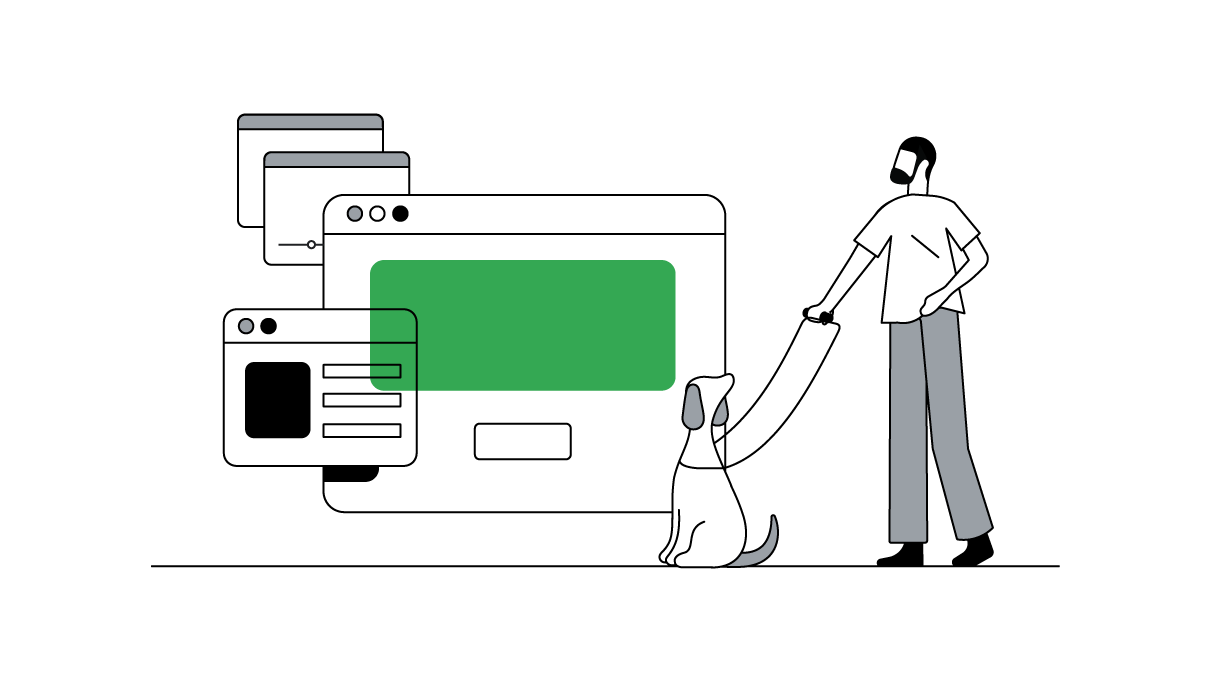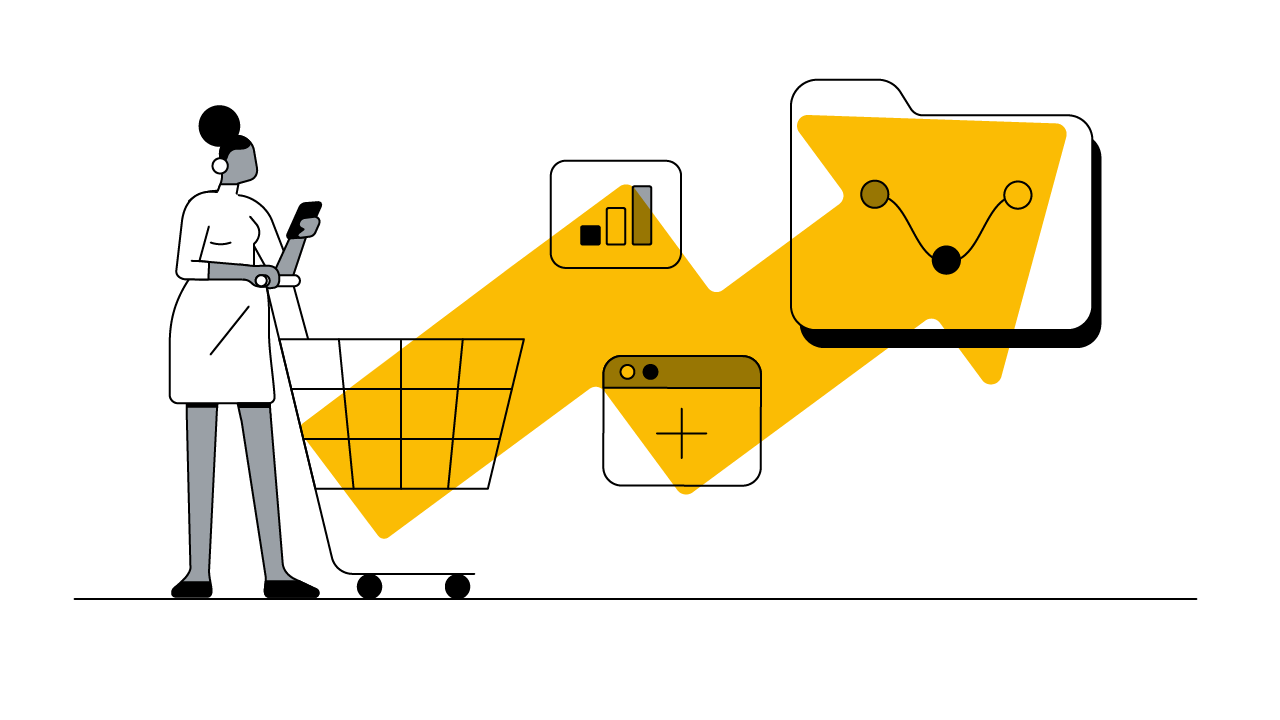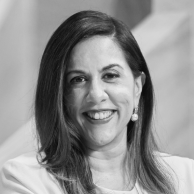As we saw in our top consumer search trends of 2020, consumers are placing more value on individual needs and experiences. The expectation is now on brands to keep up — moving inclusive marketing from something nice for brands to do to something brands must do.
At Google, we’re committed to championing change, and we’ve made inclusive marketing a priority across all our marketing efforts through training and education sessions for our teams.
As we all embark on this journey, we’re sharing our five inclusive marketing principles to help guide us through common challenges we face as marketers, as well as provide examples of brands such as Volvo, Grab, and ANZ Bank who are championing these principles for others to follow.
Principle 1 — Your business is your brand
Problem: Communicating your values, but not incorporating them into your business. Relying on marketing to showcase your values when it needs to be evident throughout your entire business.
Solution: Empower diverse perspectives from the beginning and throughout your entire value chain — from research and production to UX design and marketing.
Remember, your business is your brand, so it’s not just your communication that needs to be inclusive. Look to work only with internal partners and agencies who bring diverse perspectives to the work. Currently, Google is conducting agency audits to ensure the partners we work with meet our purpose-driven expectations.
Foster psychological safety so that everyone can speak freely and encourage your teams to ask tough questions around inclusion.
Volvo, Global
In some cases, incorporating Diversity, Equity and Inclusion (DEI) efforts at the very beginning can spark industry-wide change. When Volvo found that women were more likely to get injured in a car crash — partly because male crash test dummies are the standard — the carmaker went back and collected 40 years of crash data to find ways to protect all people — regardless of size, gender, or body shape. To improve gender equality in all cars, they are now sharing their research with the rest of the car industry to create safer cars for everyone.
Yamato, Japan
As an example of how inclusion can even be incorporated into centuries-old product development, Yamato, a maker of traditional Japanese garments, has introduced a new clothing line that aims to reduce the number of people who can’t wear a yukata to zero. Released in May 2020, the Yukata Zero collection was designed to make yukata (a casual summer kimono) as accessible as possible by eliminating tie closures and creating a pull-on option.
Principle 2 — Inspire with diverse stories
Problem: Familiar and comfortable stories become the obvious go-to.
Solution: Challenge yourself and your team to hero a different group in every piece of marketing. If you don't intentionally include, you unintentionally exclude.
Consider the body of work that you are contributing to and embrace the opportunity to make it more representative of the different traits and attributes of our users and their experiences.
Vicks, India
The Vicks’ #TouchOfCare campaign tells the inspiring story of Gauri Sawant — a transgender woman who raises a young girl Gayatri — breaking the preconceived ideas of Indian social values and structures. By focusing on selflessness and universal care over simply selling a product, the campaign shows how a story devoid of age, economic status, creed, and gender can be more inclusive and welcoming.
YouTube, South Korea
YouTube recently captured the inspiring story of Jeong-Won Han, a middle school physical education teacher who lost her left leg in an unexpected accident. Jeong-Won devoted herself to daily rehabilitation to return to her students and used YouTube to learn golf — later going on to win two categories at the US World Championship for disabled golfers. The story stays true to YouTube’s ethos of freedom of opportunity and belonging: believing that everyone should have a chance to be discovered, succeed on their own terms, and be able to find communities of support that transcend borders.
Principle 3 — Strive for authentic, relatable storytelling
Problem: Overly engineering diverse scenarios looks artificial and insincere.
Solution: Tell real stories as much as possible, championing existing stories and understanding their context, rather than creating new ones.
If you do fictionalize, make sure it's based on real user insight. Your mission is to tell stories that ring true with diverse users. Authenticity and relatability are key to this, so lean on insights and testing to help you get it right. For example, talk to customers you may not have heard from before, or explore new kinds of creative content that may introduce you to fresh ideas.
Google, India
Female athletes in India are achieving incredible success, but this underrepresented community doesn't always get the recognition they deserve. Google wanted to do something to change this and created a campaign that celebrates the journeys of unrelenting sporting stars like Hima Das, Naina Jaiswal, and Pooja Bishnoi, who are inspiring a new generation of people to dream big.
Grab, Indonesia
As part of the GrabForGood initiative to empower the deaf community, Grab's "Breaking the Silence" campaign tells the real story of deaf Grab driver Joey Kow — addressing the perceived fear that it is not safe to travel with a deaf driver. By focusing on Joey, the campaign also emphasizes the importance of showing compassion and acceptance toward differently-abled individuals in our community.
Principle 4 — Challenge stereotypes
Problem: Missed opportunities to challenge preconceived bias.
Solution: Pursue positive portrayals of people that directly challenge common preconceptions and stereotypes.
First, ensure that you are avoiding stereotypes by involving diverse perspectives to help identify them, then move beyond them through authentic, multi-dimensional portrayals.
K Plus, Thailand
New banking app, K Plus, tackles bias directly in their "No Stereotype" campaign, which adopts a more humorous approach to challenge common stereotypes. The spot includes the diverse lifestyles of real people — like young people who can be "over 60 years old," adults who have the heart of a 15-year-old, and LGBTQ+ people who are often prone to stereotyping and preconceptions.
Heinz's Kecap ABC, Indonesia
After uncovering the insight that men were often not seen as equal partners when it comes to housework and cooking, Heinz launched a campaign that used the real testimonial of a recent divorcee to encourage men to take on more domestic responsibilities. They created online resources for husbands to find recipes and tips, organized cooking classes, and partnered with local NGOs to promote gender equality.
Principle 5 — Understand your Brand’s Role
Problem: When DEI becomes a PR opportunity.
Solution: Spend time learning about the cultural and brand context around the stories you are telling, and ensure your brand can credibly and positively participate in the conversation.
The end goal of inclusive marketing is not a PR opportunity. Our jobs as marketers are to understand and connect to our customers by ensuring we positively and credibly contribute to existing cultural conversations. Inclusive marketing is a fundamental commitment, so don’t try and make your brand the hero.
ANZ Bank, Australia
Understanding that many in the LGBTQ+ community felt awkward or scared to hold hands with their partner in public, ANZ bank in Australia, who partner closely with the Sydney Gay and Lesbian Mardi Gras and Auckland Pride Festival, set out to encourage LGBTQ+ couples to #HoldTight and celebrate the simple act of holding hands. By making this a mainstream conversation, ANZ bank hoped to spark conversations and change perceptions in the wider community.
Key takeaways
- Empower diverse perspectives throughout your value chain.
- Challenge yourself and your team to hero a different group in every piece of marketing.
- Tell real stories as much as possible – if you fictionalize, base it on deep user insight.
- Pursue positive depictions or people that directly challenge common assumptions and stereotypes.
- Understand cultural context to make your brand’s role positive and credible.







